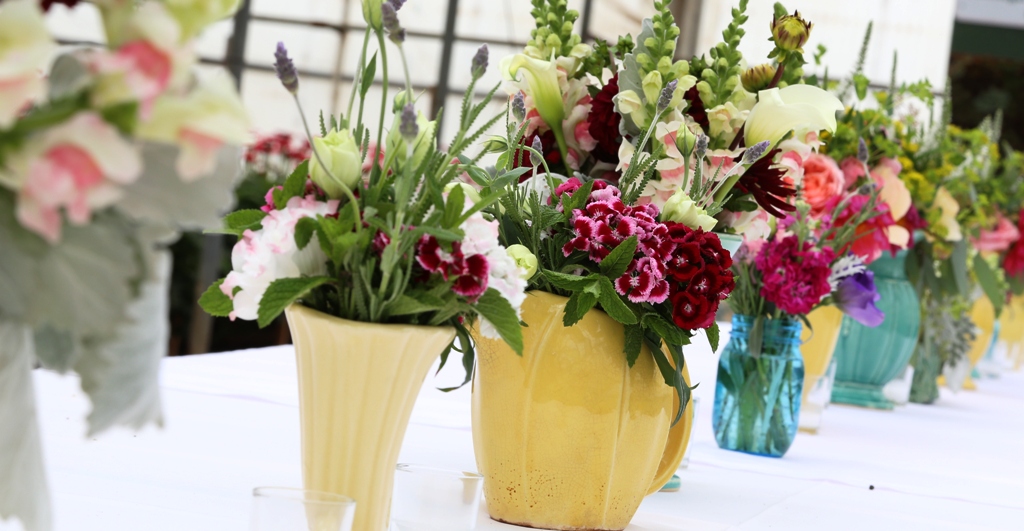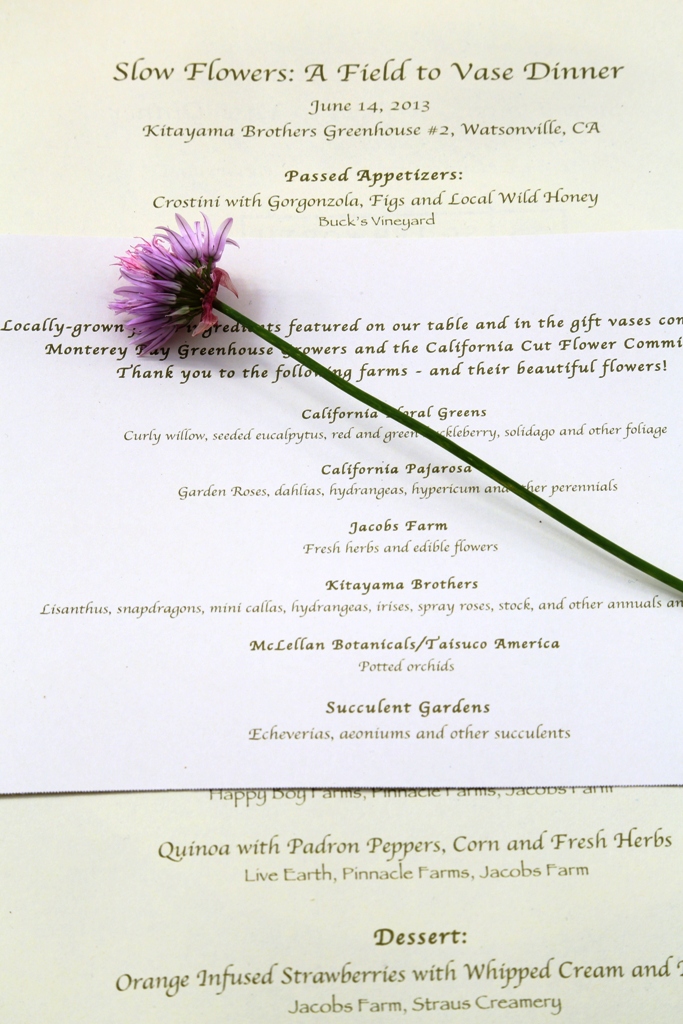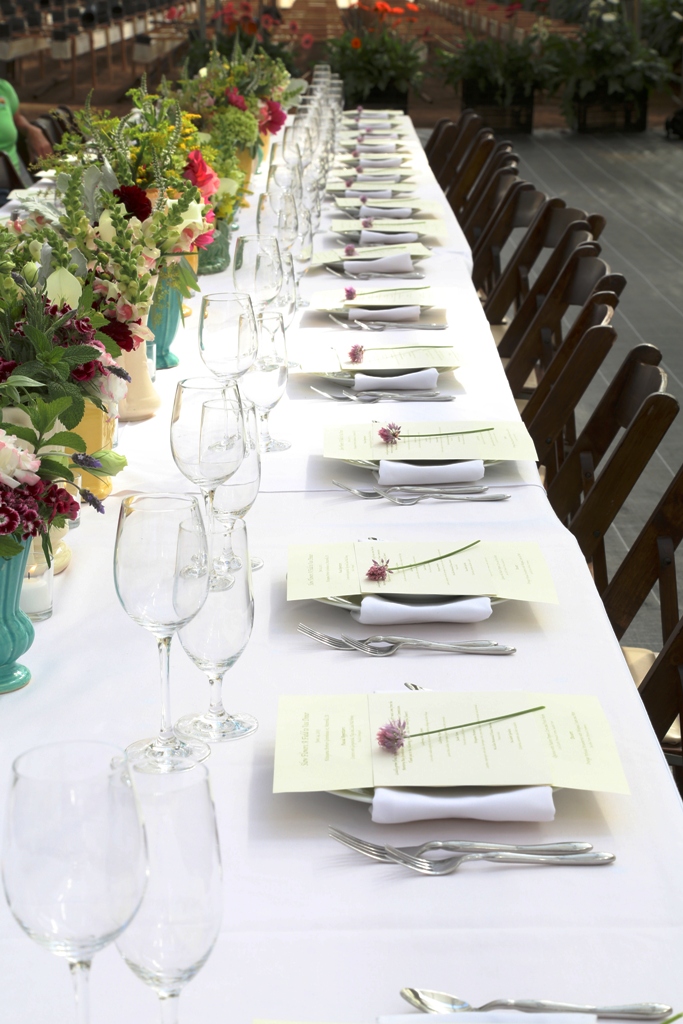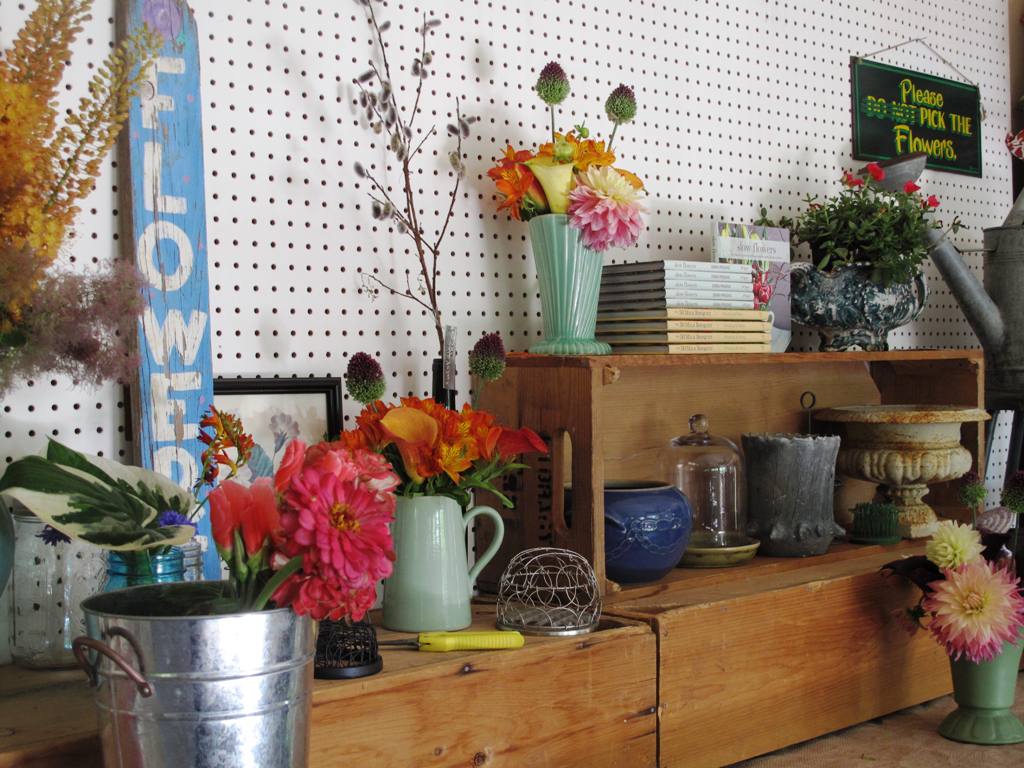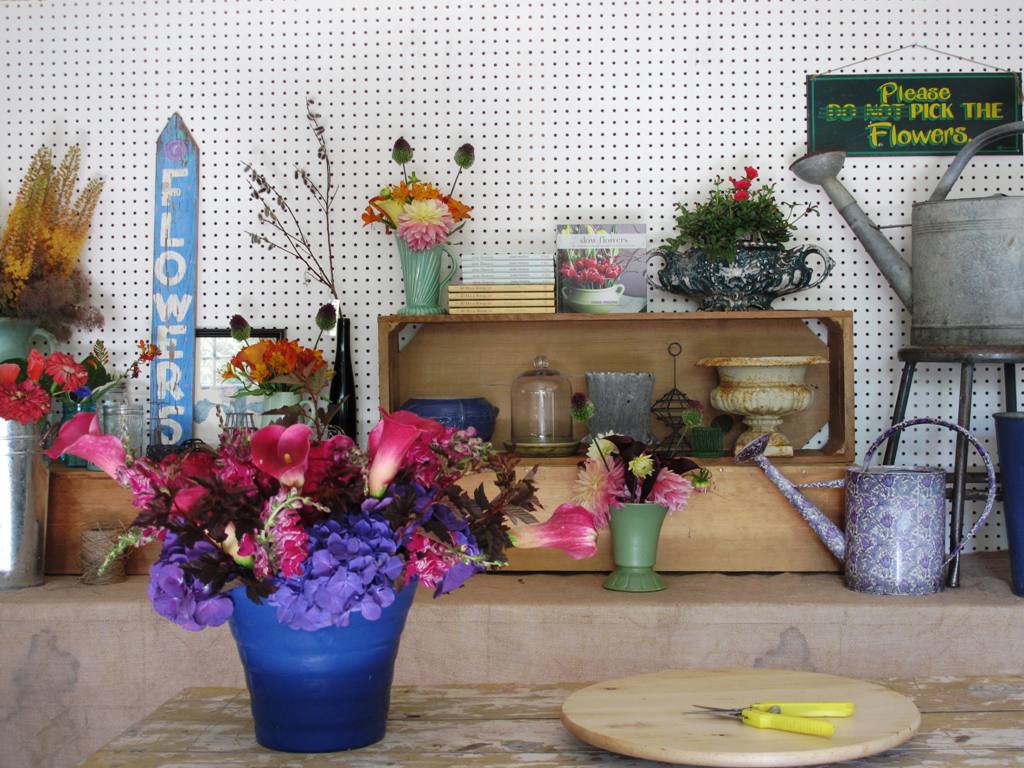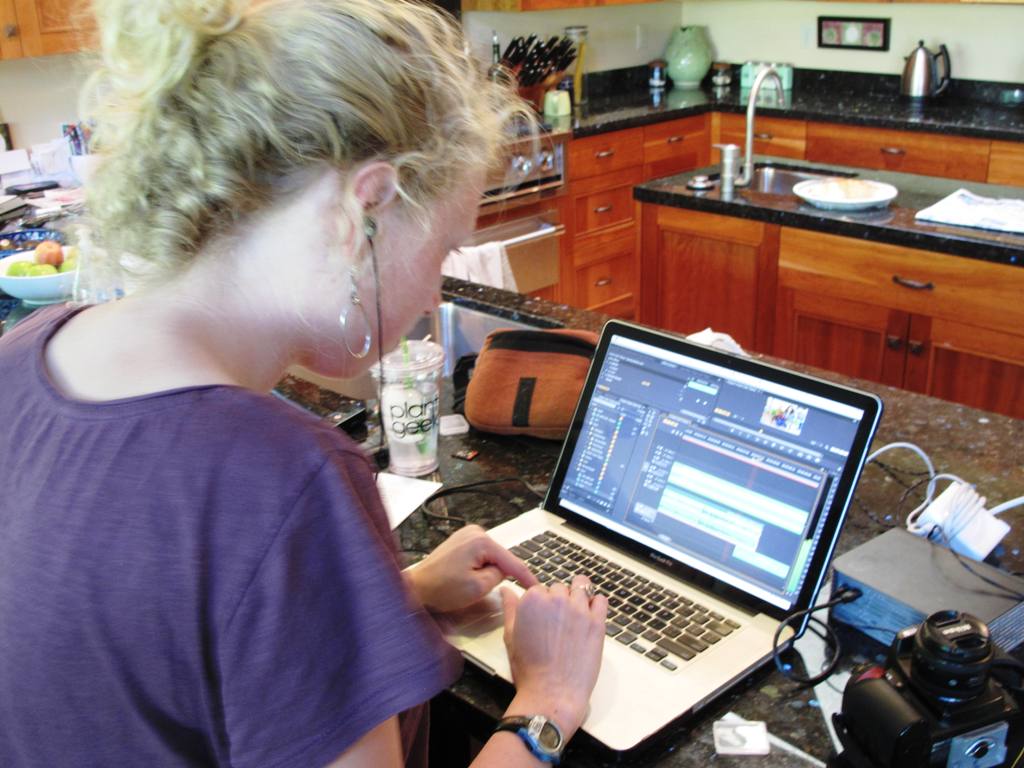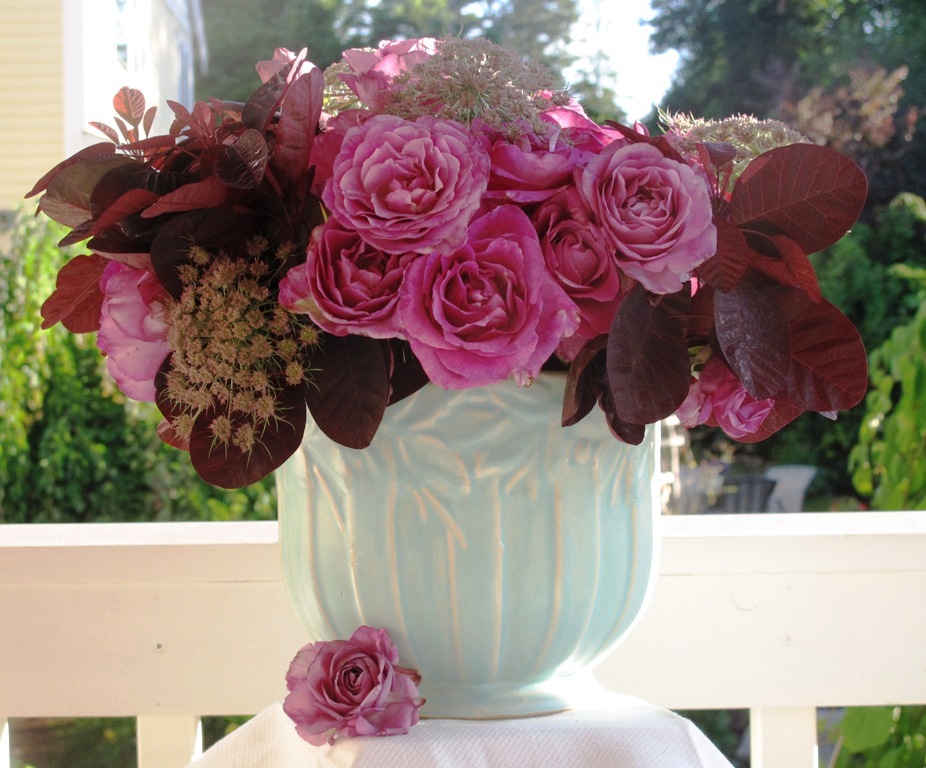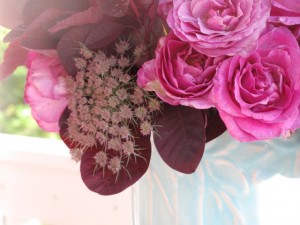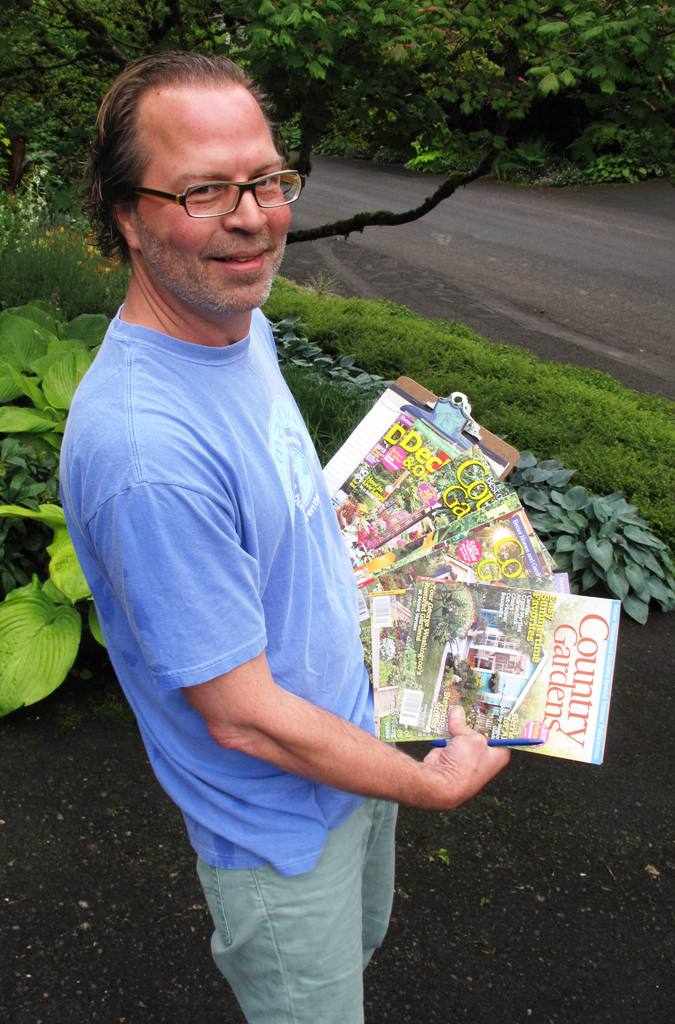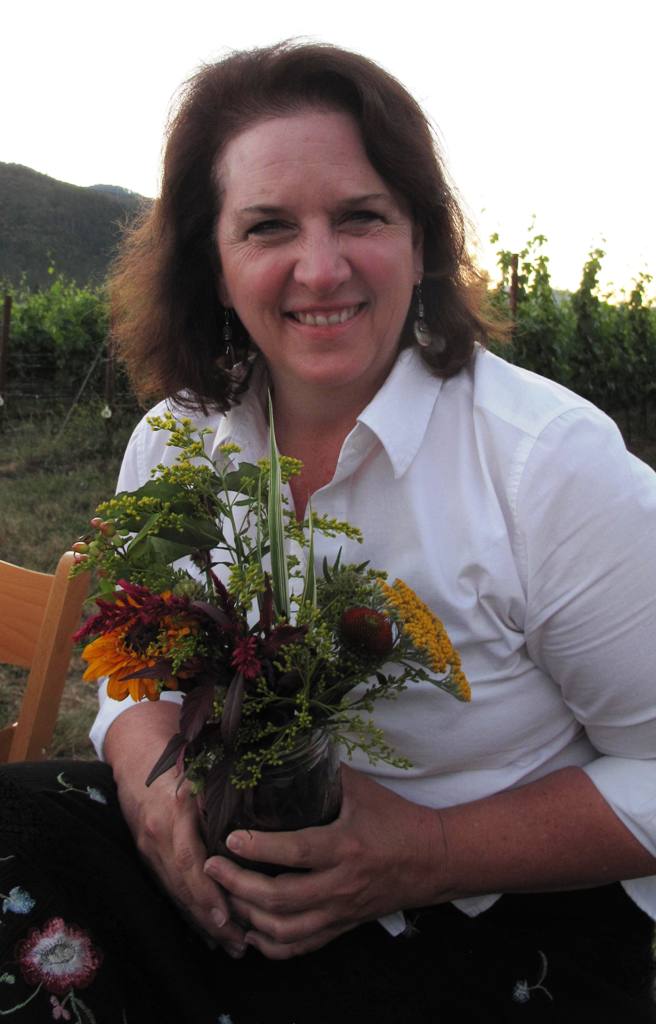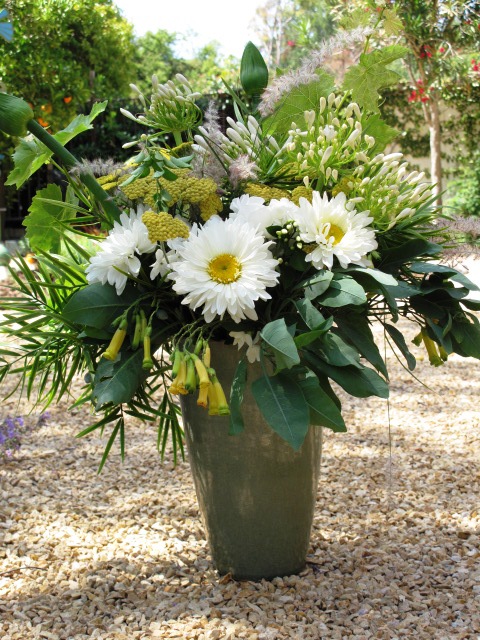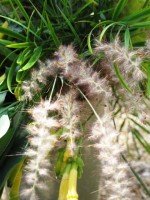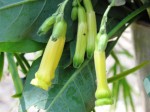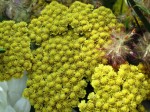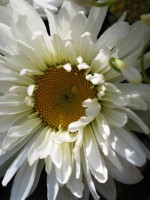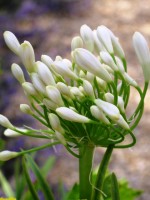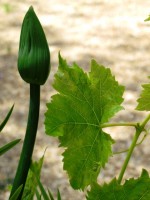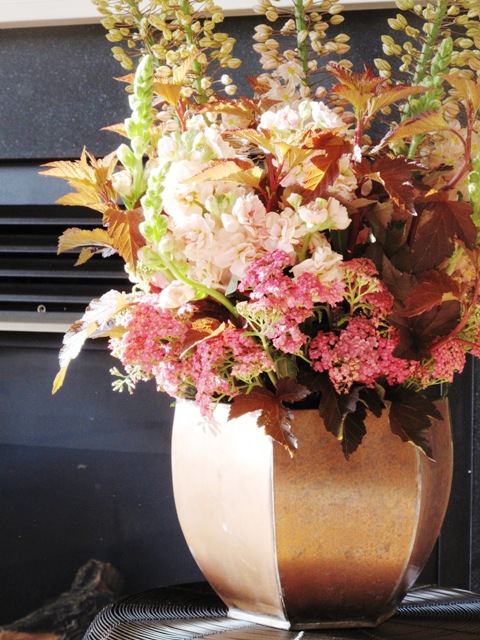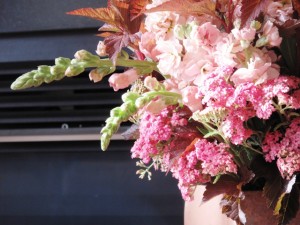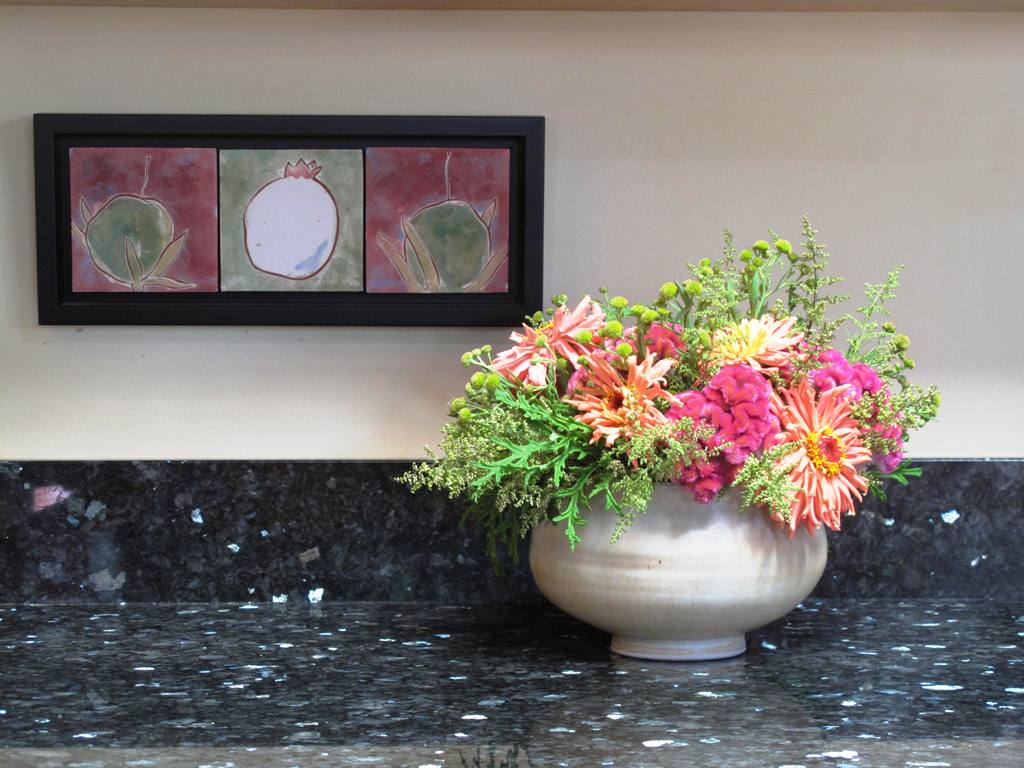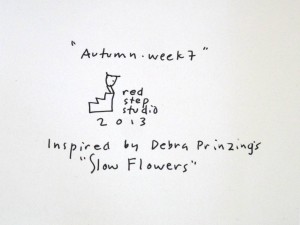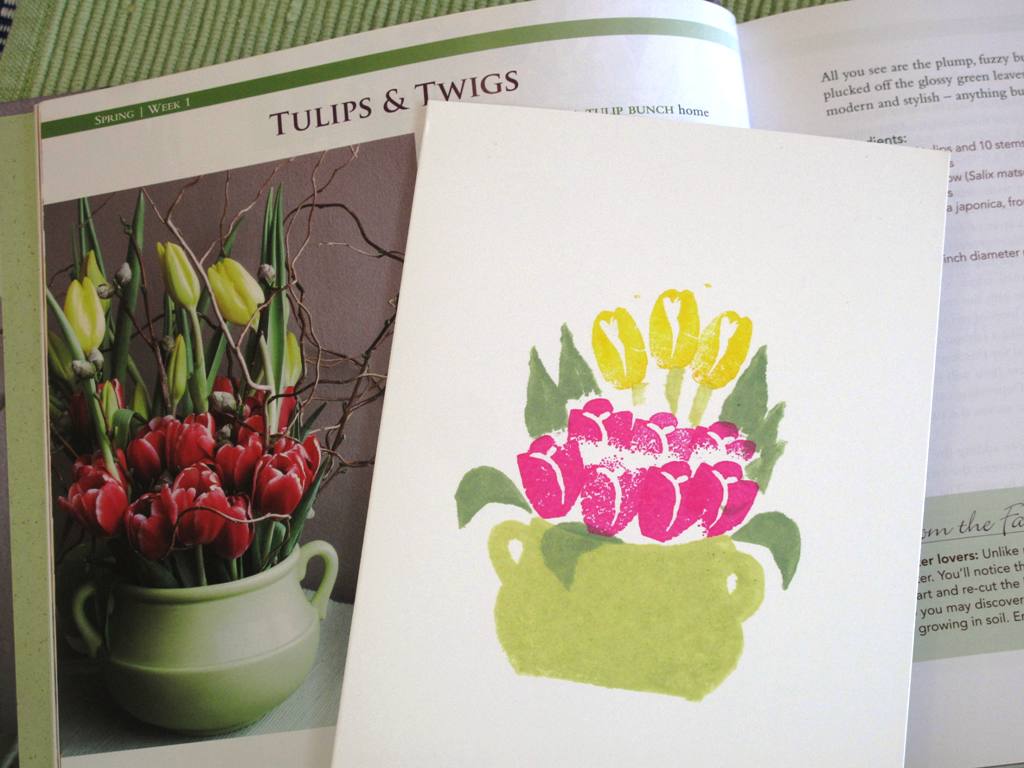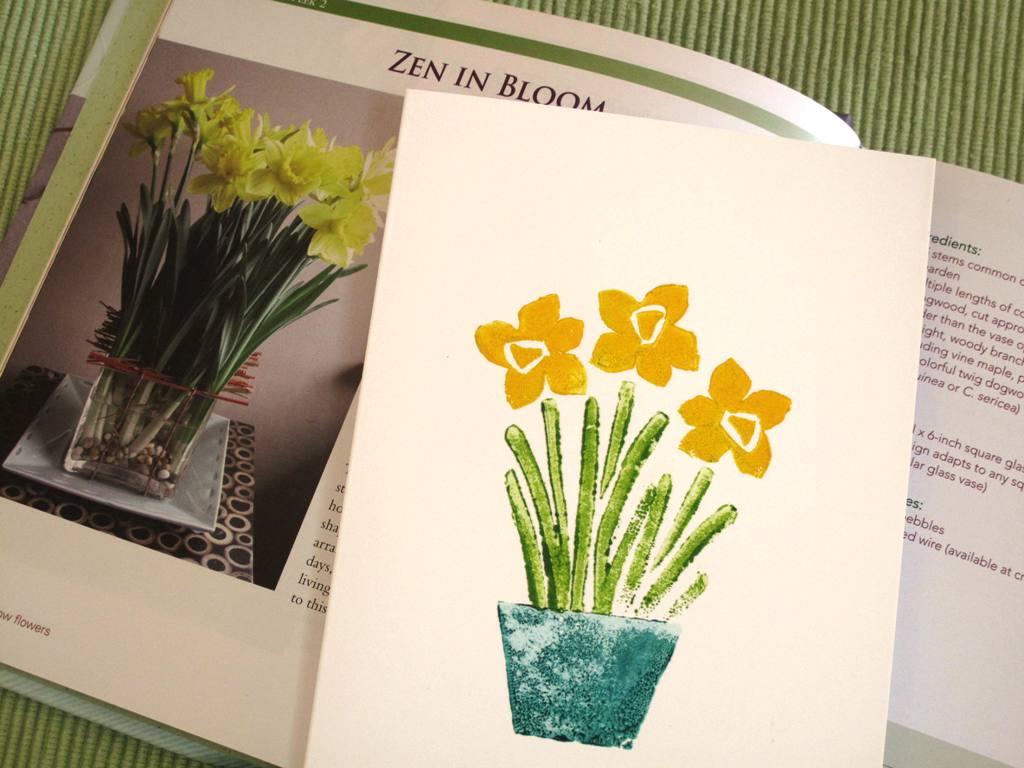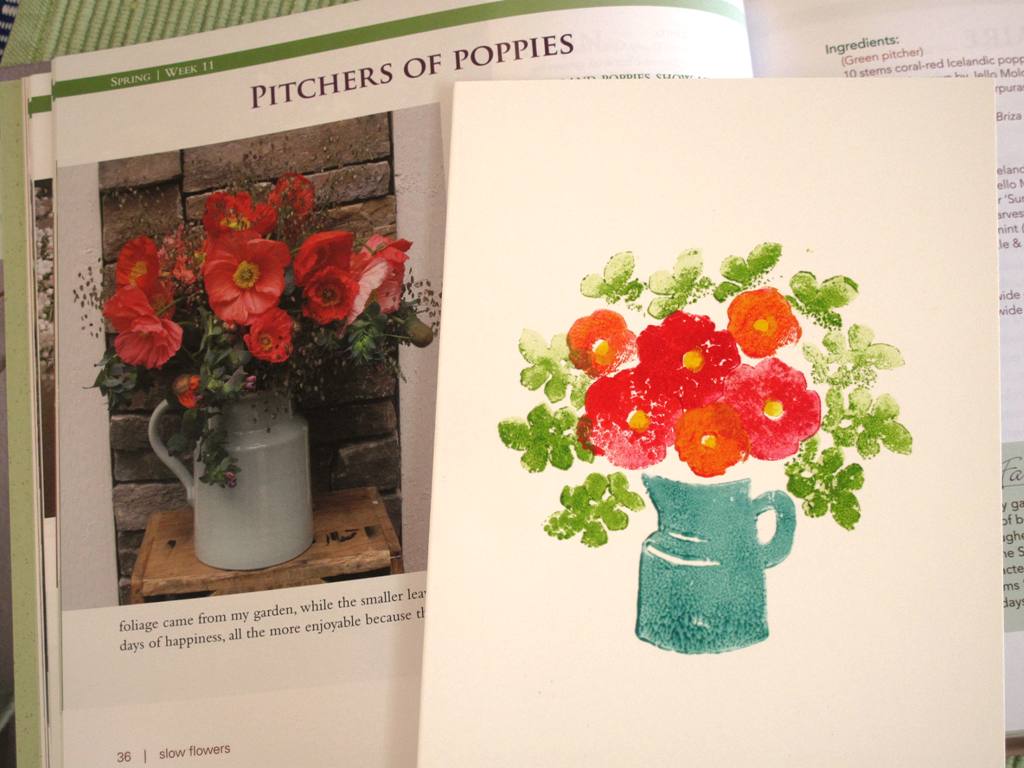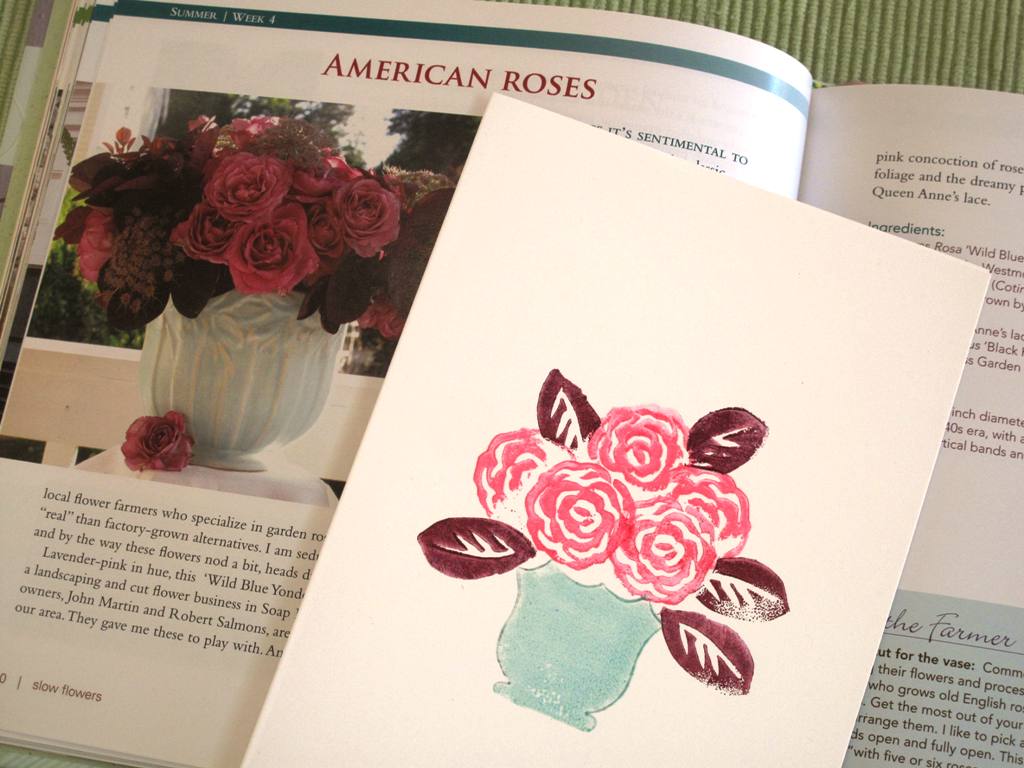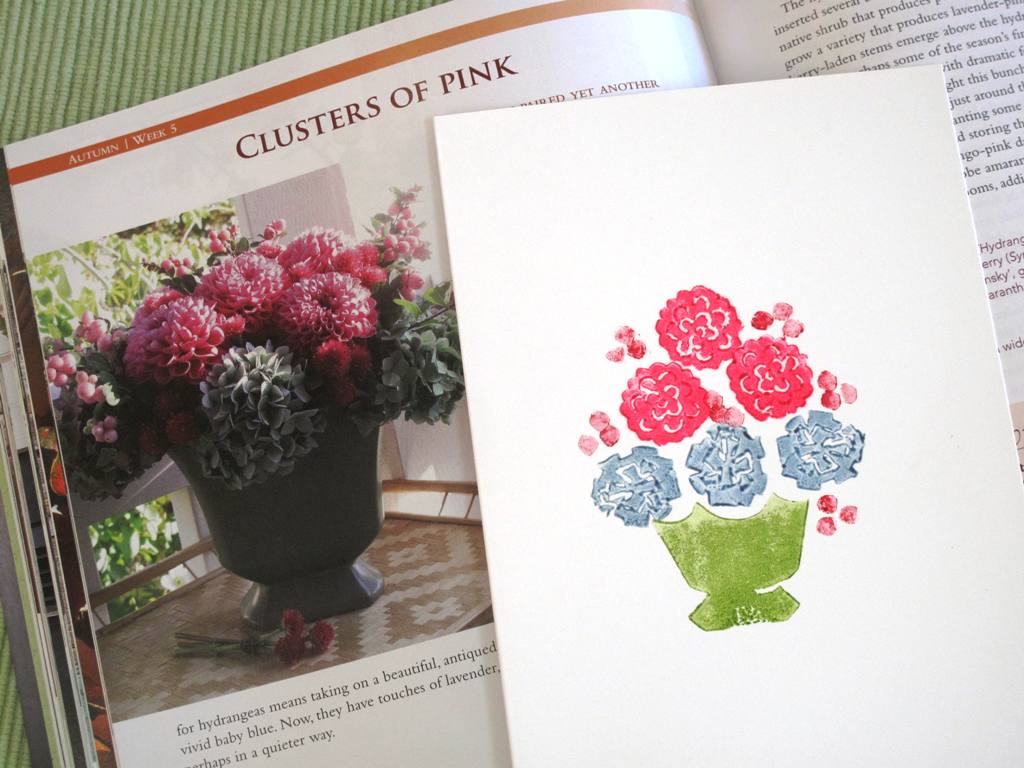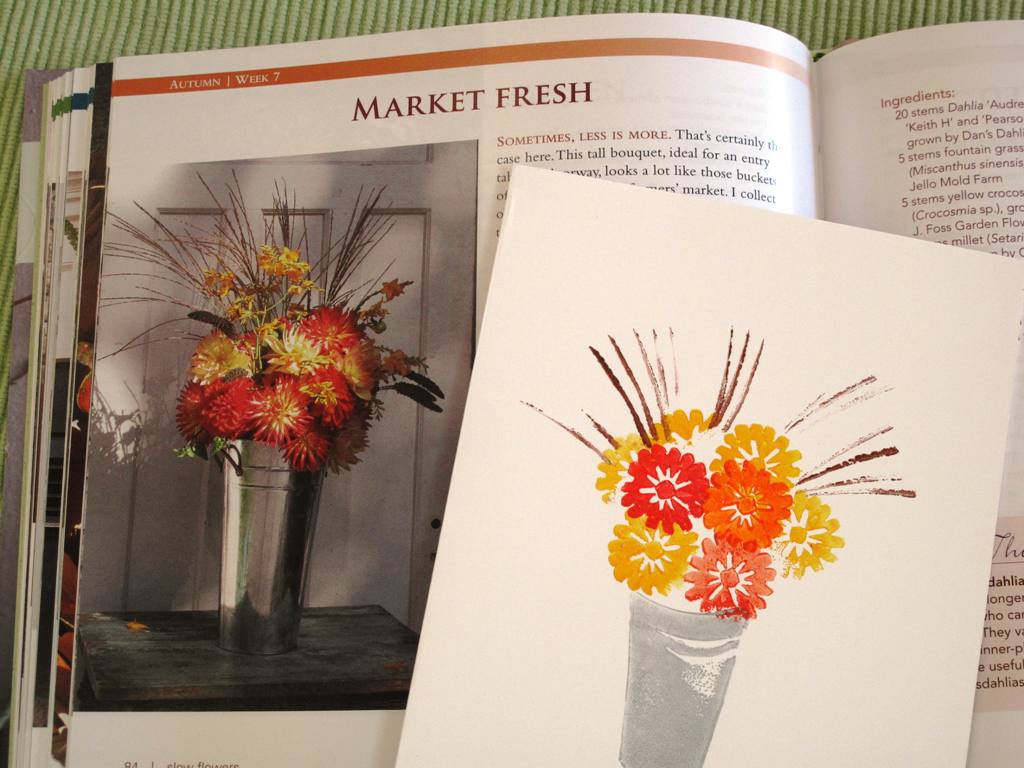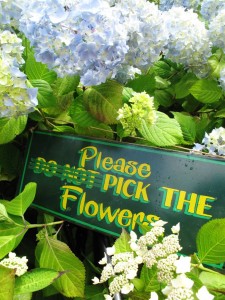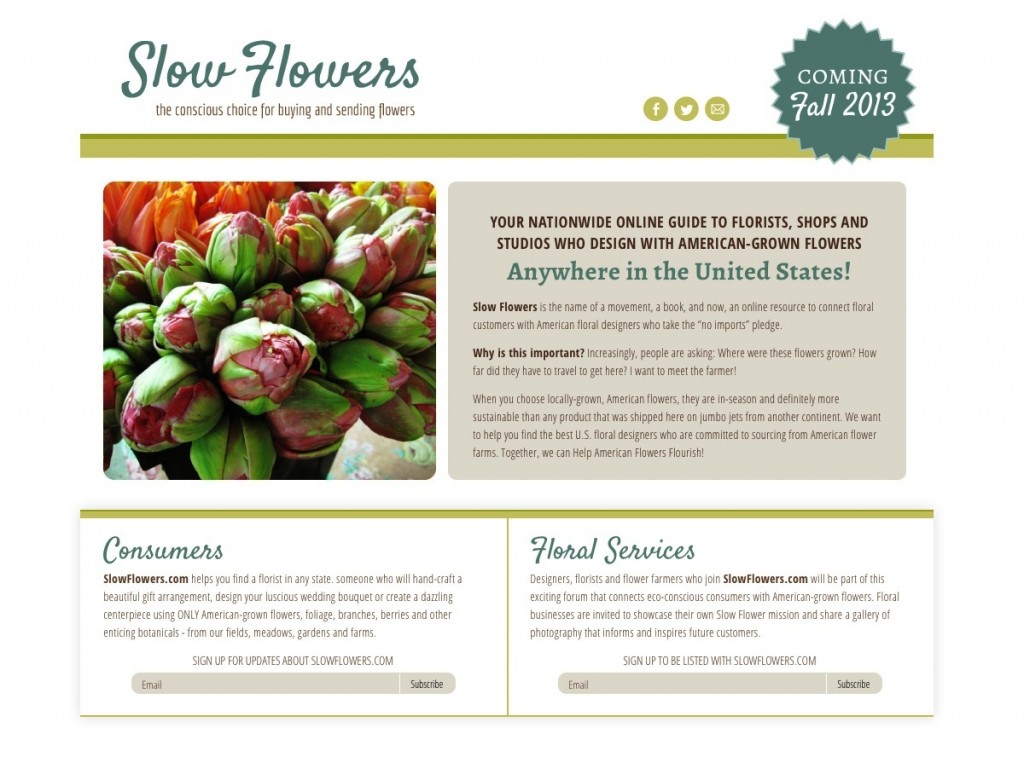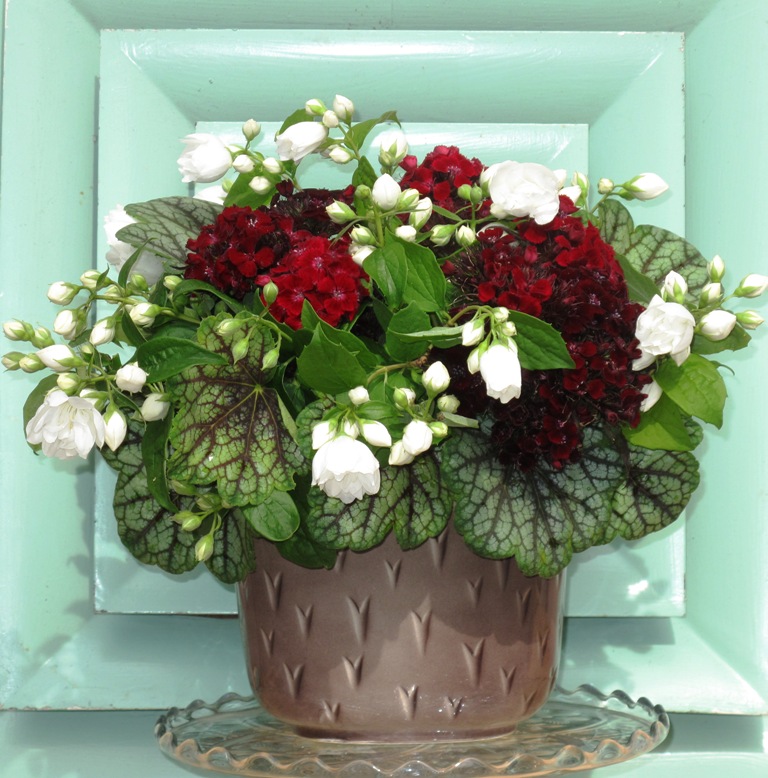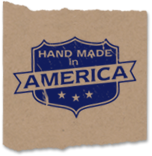 I never thought I would be such a proponent of the American Grown-American Made movement, but after writing The 50 Mile Bouquet and Slow Flowers, I have gained newfound appreciation for companies that provide jobs to American workers. We should all make an effort to both value and promote domestic farms and domestic manufacturers. Hey – even my books are printed in North American (not Asia!), on FSC certified paper with soy-based inks. I have my publisher to thank for making the choice to not print overseas.
I never thought I would be such a proponent of the American Grown-American Made movement, but after writing The 50 Mile Bouquet and Slow Flowers, I have gained newfound appreciation for companies that provide jobs to American workers. We should all make an effort to both value and promote domestic farms and domestic manufacturers. Hey – even my books are printed in North American (not Asia!), on FSC certified paper with soy-based inks. I have my publisher to thank for making the choice to not print overseas.
Here, for you, I have compiled a list of my must-have floral design tools and accessories. Sadly, it has been a challenge to find all the Made-in-the-USA products I want. For example, I can’t find any women’s gardening gloves that weren’t made in Asia (yes, there are some leather glove makers still around in the US, but those products are intended for a more rugged gardening activity than floral design!)
And then there are those companies that label their packaging with phrases such as: Designed in the USA; Assembled in China. That’s not really what I’m looking for either. Nevertheless, I am here to share some glimmers of hope that American manufacturing is alive and well in the specialized world of floral design.
Here are my favorite floral design products. I recommend you check them out and make a conscious choice with your dollars! When you read a sentence like this one: “. . . carefully manufactured in Seattle by skilled craftsmen paid a living wage,” from apron designer Janna Lufkin (Raw Materials Designs), you really want to support her spirit and her faith in her company’s lifeblood, the workers who turn her ideas into tangible products!
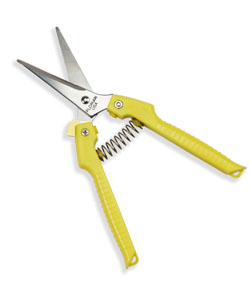
The best USA-made floral snips around! I love this tool – I have two of them!
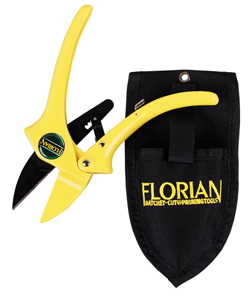
Florian’s rachet pruner, also USA-made.
Florian floral snips (for herbaceous and woody stems), $25.95 plus tax & shipping. This fine point scissor shear is made in the USA and is an excellent hand pruner. It is ideal for flower arranging, Ikebana, Bonsai and other precise hand pruning activities. This hand pruner shear features precision ground stainless blades and comfortable polypropylene ribbed grips with a brass thumb lock. Size: 7 1/4″ long. Florian also makes a fine rachet pruner, which you’ll find useful for cutting thicker branches of trees and shrubs. *Rachet Pruner is $36.95 plus tax & shipping.
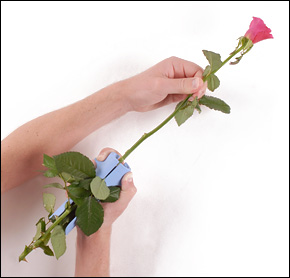
Easy to use! Made in the USA, too!
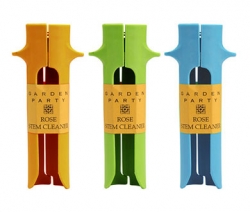
Love that this tool was designed by a woman florist with her product-designer husband – and they have it manufactured by a woman-owned company.
Garden Party’s Thorn strippers (for stripping rose stems), designed by a floral designer and made in the USA, $11.95 plus tax & shipping. This colorful and lightweight tool has a spring-action handle to protect your hands from thorns, while the finger supports ensure a non-slip grip. Durable metal blades are honed to reduce tearing or peeling of the rose stem. Size: 6 inches long.
READ MORE…
